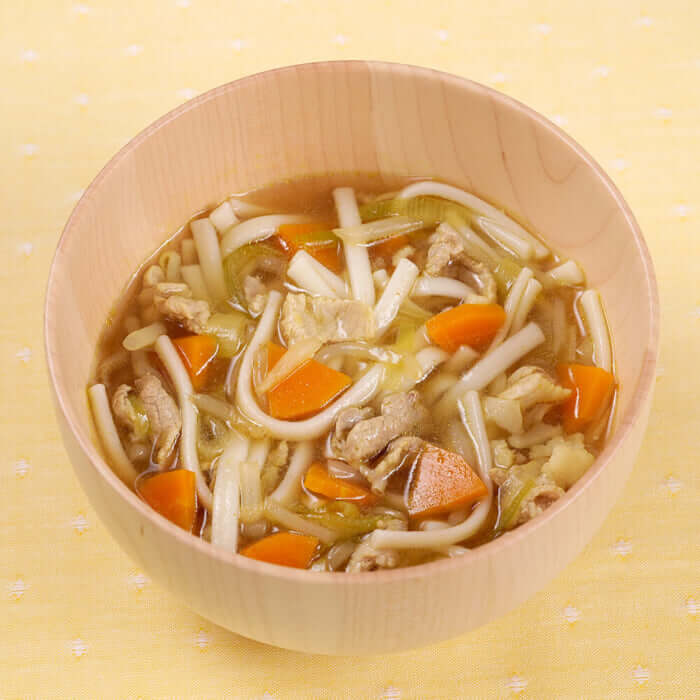Curry Rice: A Nation's Favorite
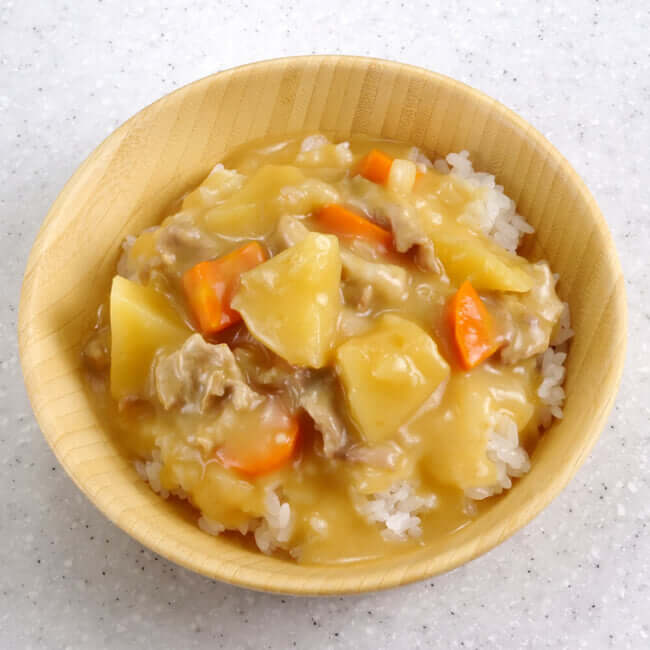
Often called one of Japan's "national dishes," curry rice did not, in fact, come directly from India. Its journey via Great Britain and its unique evolution within Japan is a story of cultural adaptation and innovation. Let's explore this fascinating journey in this interactive report.
Fun Fact: Curry Consumption
On average, how many times a year do you think people in Japan eat curry?
History Timeline: The Journey to the Dinner Table
Introduction: Arrival from Britain

Japanese curry was introduced not from India, but via the British Royal Navy. The "Anglo-Indian Curry" of the time was its prototype. In 1876, records show that Dr. Clark of the Sapporo Agricultural College (now Hokkaido University) included curry rice in the student diet. Initially, it was considered a high-class "Western dish."
Popularization: Adopted by Army & Navy

The Japanese Navy's adoption of curry as a nutritionally balanced and easily mass-produced menu item was a major catalyst for its spread. It also helped prevent beriberi (a vitamin B1 deficiency), which was a serious problem at the time. This tradition continues today in the Japan Maritime Self-Defense Force as "Friday Curry."
Innovation: Birth of Domestic Curry Roux
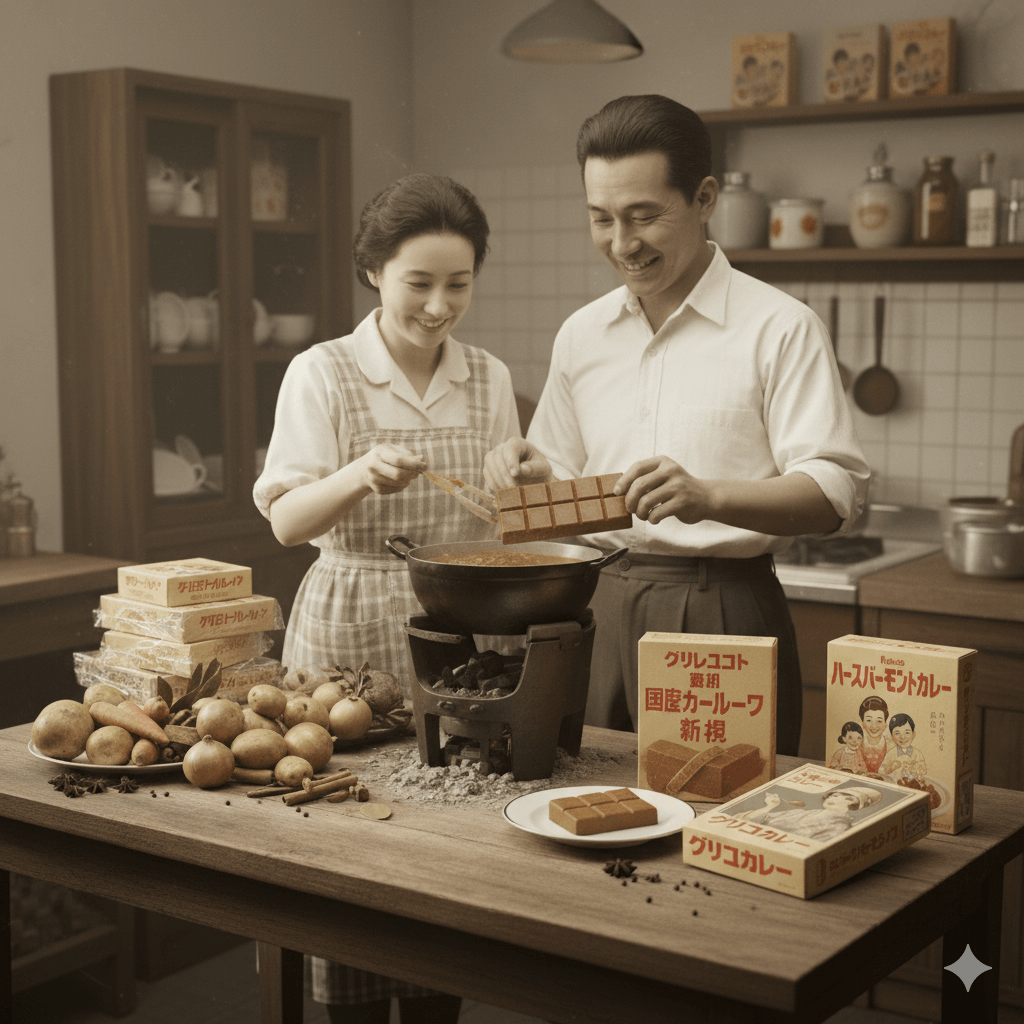
In 1923, S&B Foods launched Japan's first domestic curry powder. Later, in the 1950s, companies like House Foods developed and released solid "instant curry roux" blocks. This transformed curry rice from an expensive Western dish into an easily prepared home-cooked meal.
Revolution: "Retort" Pouch Curry
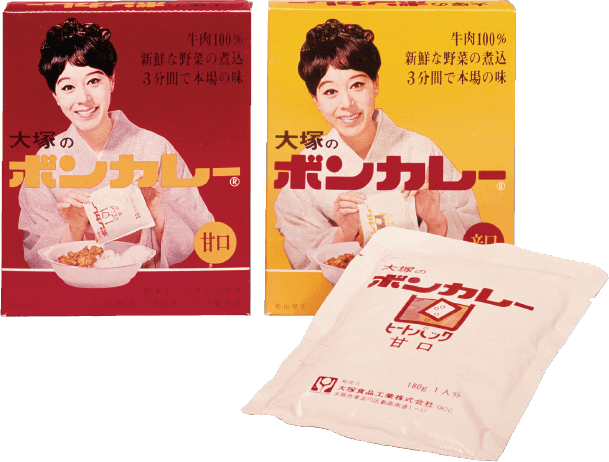
Otsuka Foods launched "Bon Curry," the world's first commercial retort (boil-in-a-bag) curry. Its convenience—ready to eat just by heating—made it an explosive hit. This shifted curry from "something you make at home" to "something you can eat anytime," making it even more accessible.
Diversification: Regional Flavors & Evolution
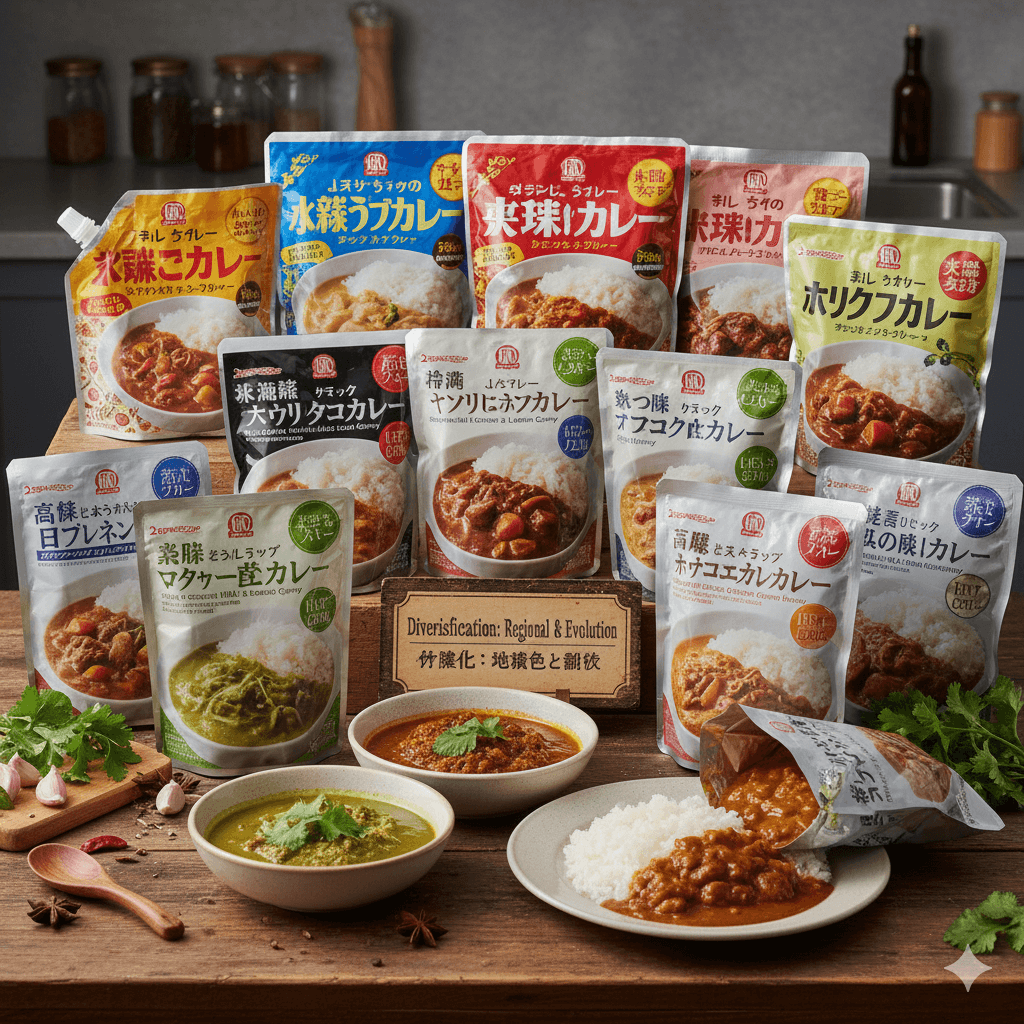
Curry continued to evolve uniquely across Japan. In addition to standard variations like Katsu Curry and Curry Udon, many "local curries" emerged, such as Sapporo's Soup Curry, Kanazawa Curry, and Yokosuka's Navy Curry. Curry specialty restaurants multiplied, cementing its status as an indispensable part of Japanese food culture.
The State of Modern Curry
Domestic Curry Roux Market Share (Est.)
The Japanese curry roux market has long been dominated by a few major manufacturers.
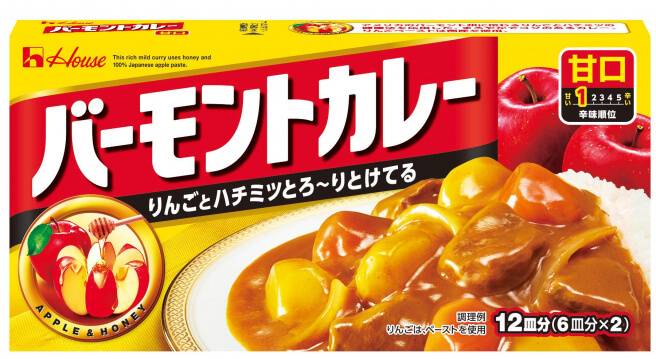
Curry Quick Facts
Explore the details that define modern Japanese curry.
Features of Japanese Curry
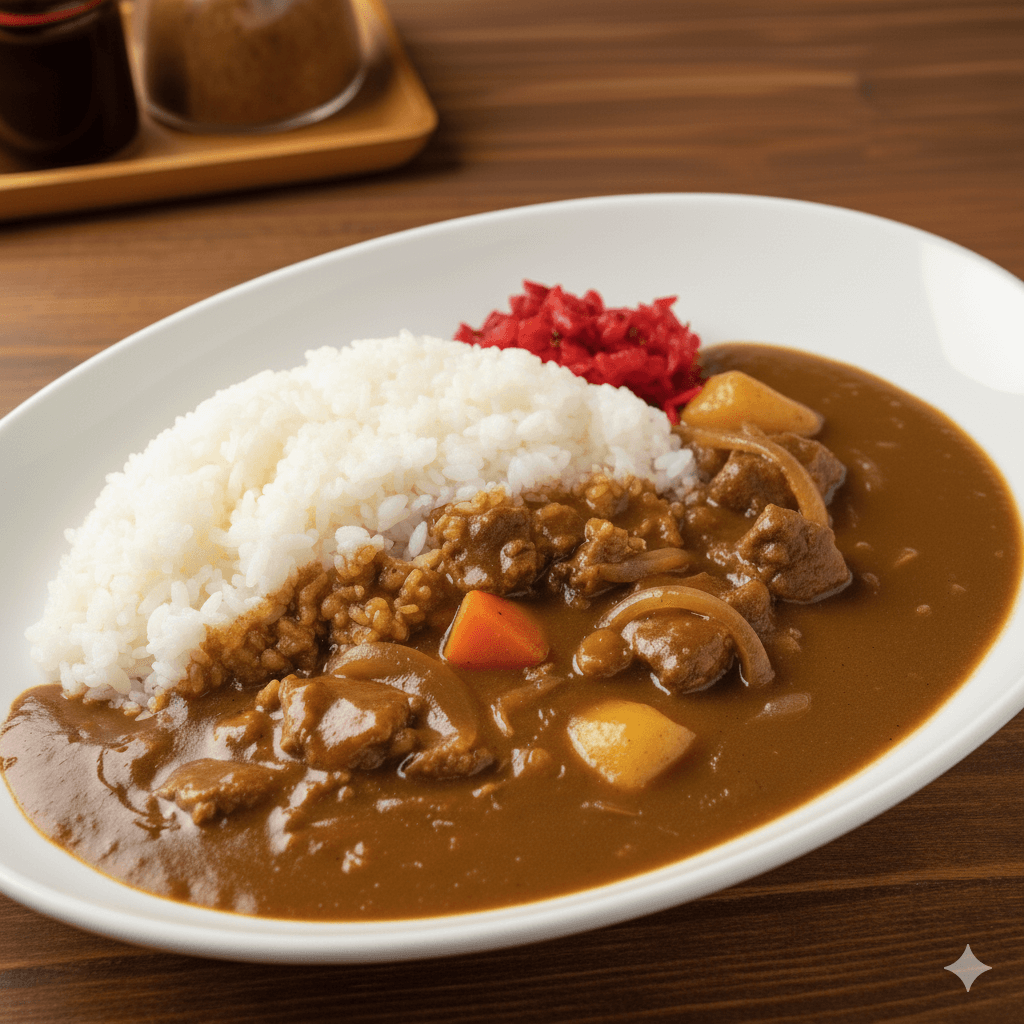
- Thick Texture: Its characteristic thickness comes from a "roux" made of flour and fat.
- Standard Ingredients: The classic trio of onion, potato, and carrot, along with beef, pork, or chicken.
- Flavor Profile: Generally sweeter, milder, and more savory (umami) compared to many Indian curries.
- Serving: Almost exclusively served over white rice, hence the name "curry rice."
Japan vs. India: Key Differences
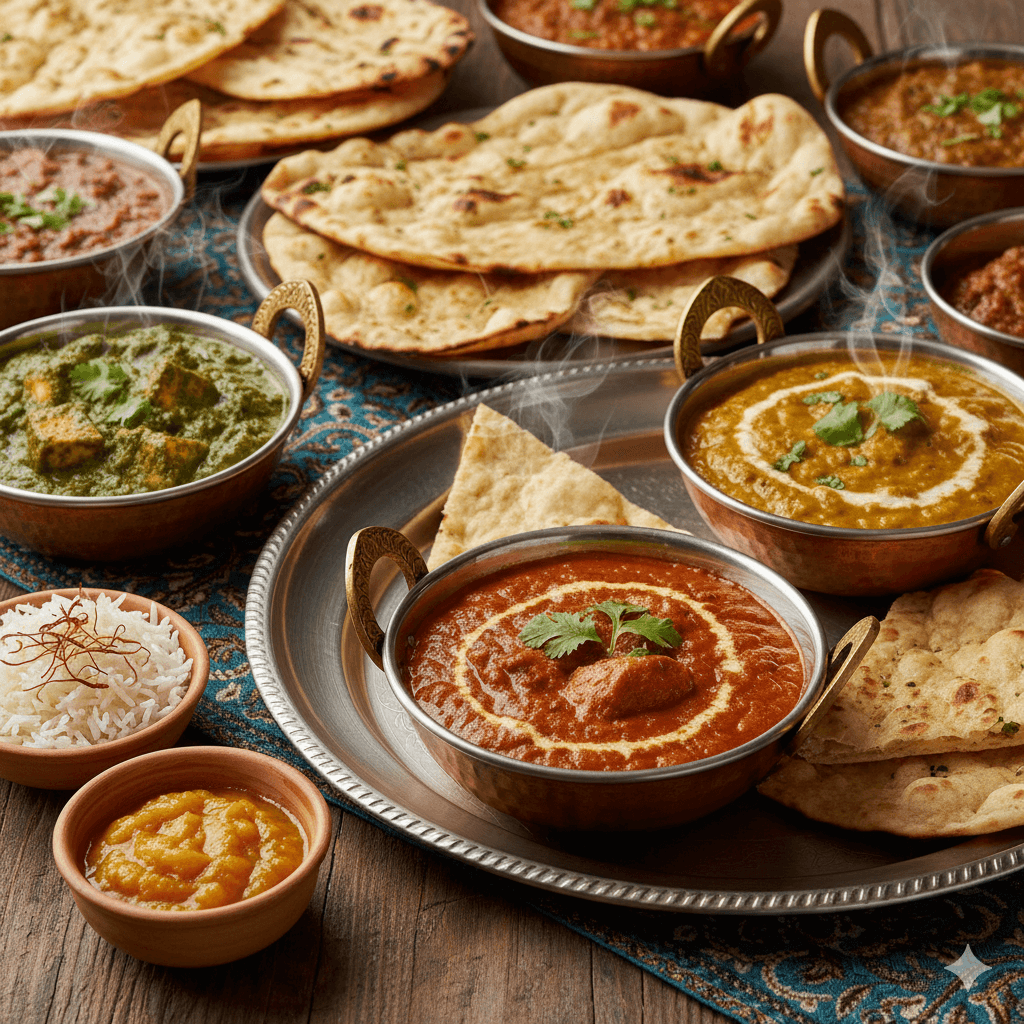
- Base: Japanese curry starts with a pre-made roux block. Indian curries start with a custom blend of whole and ground spices (masala).
- Thickness: Japanese curry is thick and stew-like. Indian curries range from thick (bhuna) to thin and soupy (rasam).
- Flavor: Japanese curry is savory-sweet. Indian curries are vastly diverse, often complex, spicy, sour, or creamy, depending on the region and style.
- Accompaniment: Japanese curry is served with rice. Indian curries are eaten with rice, flatbreads (naan, roti), or other grains.
Popular Japanese Variations
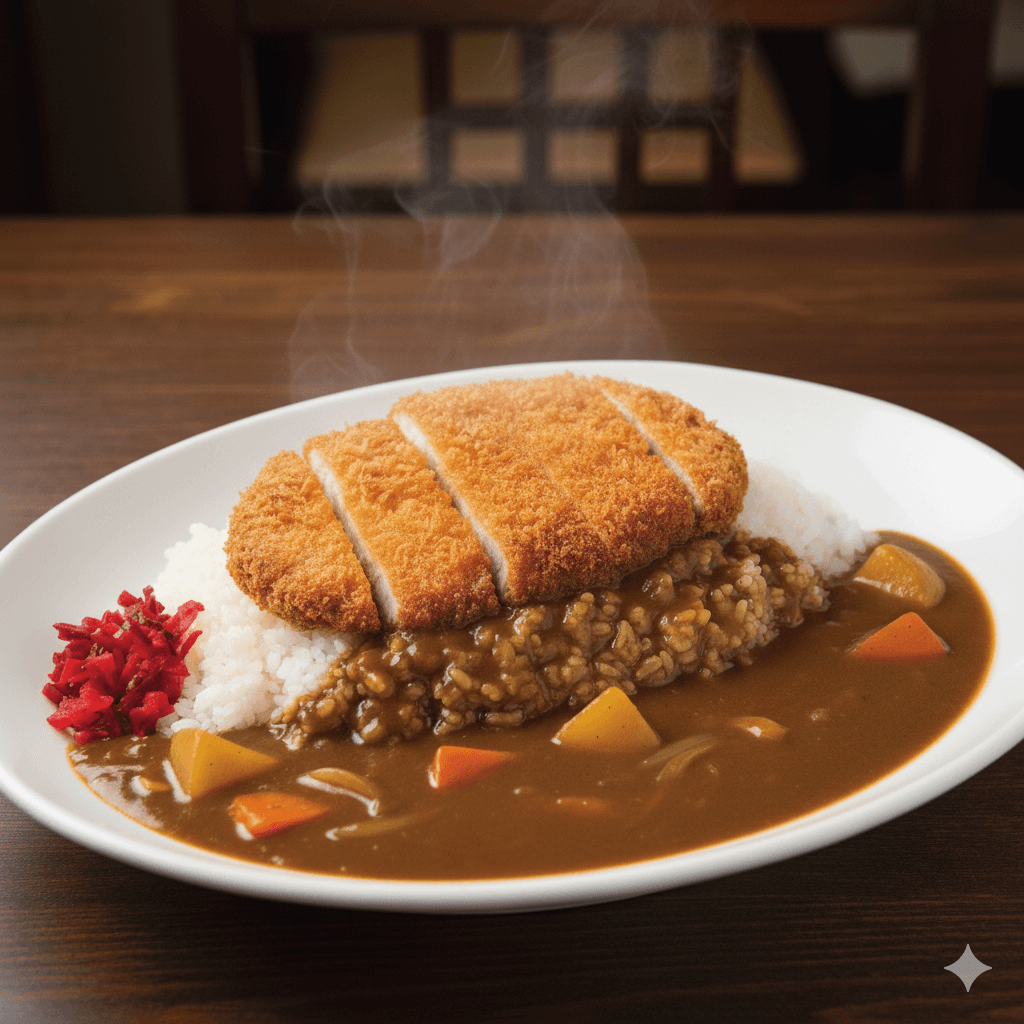
Curry rice topped with a deep-fried pork cutlet (tonkatsu). A very popular and hearty meal.
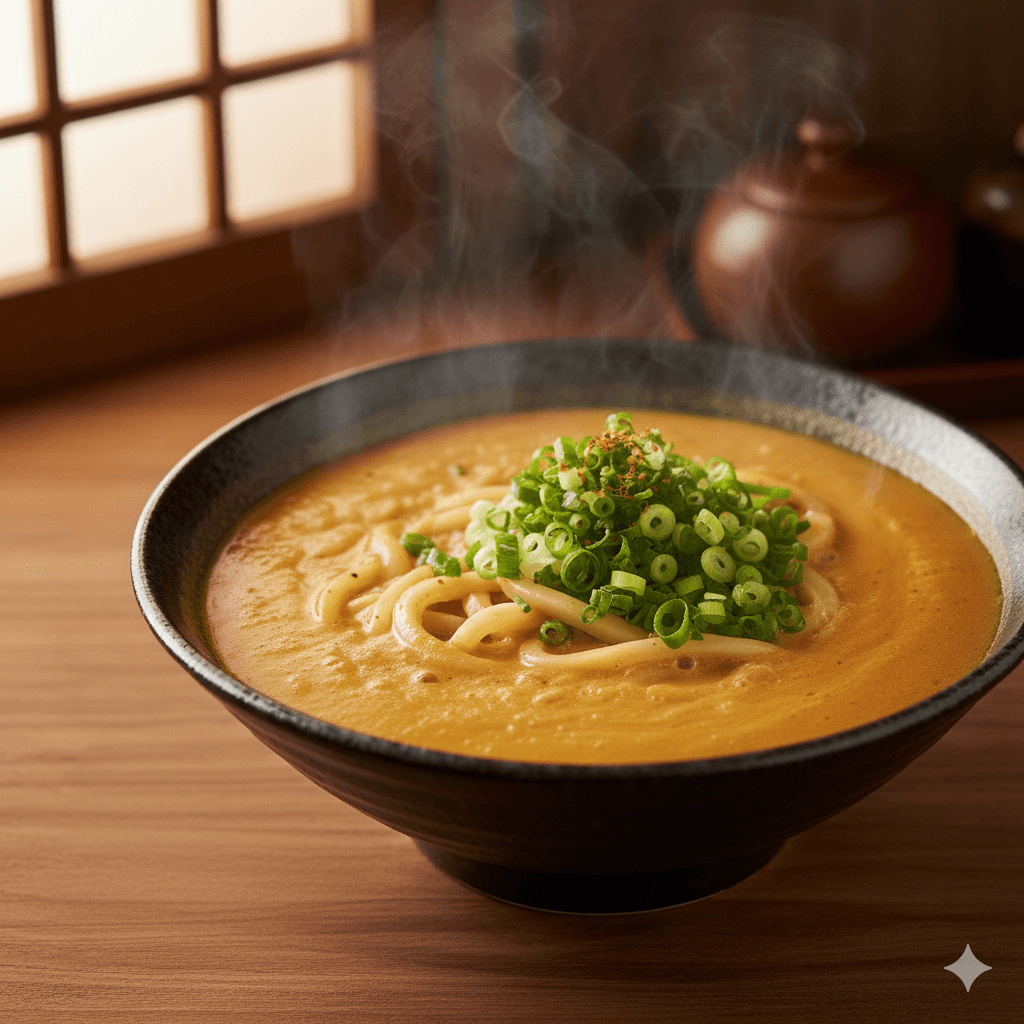
Curry roux diluted with Japanese dashi (broth) and served over thick udon noodles.
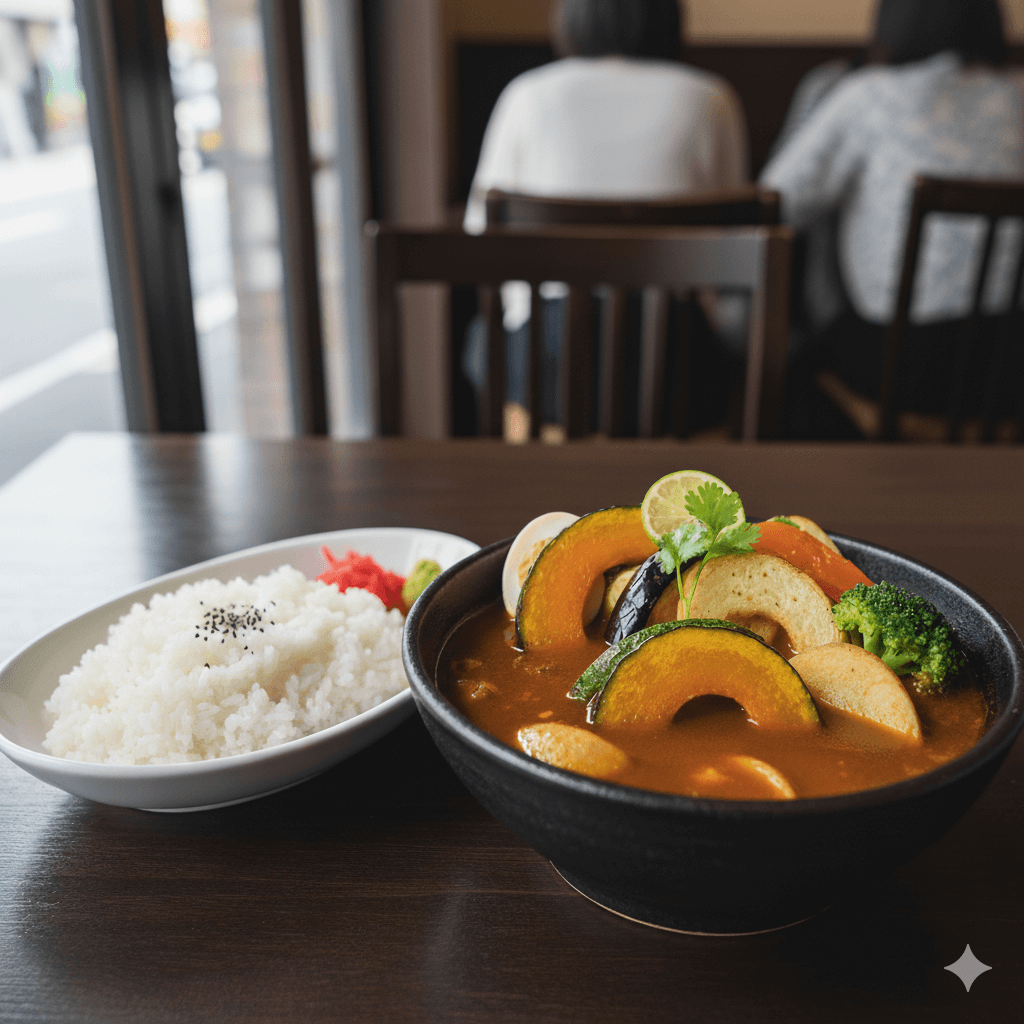
A Sapporo specialty, featuring a thin, spicy, soup-like curry with large, often un-cut, pieces of vegetables and chicken.
Many regions boast their own style, like Kanazawa Curry (thick, dark roux with katsu and cabbage).
Popular Curry Shops in Japan
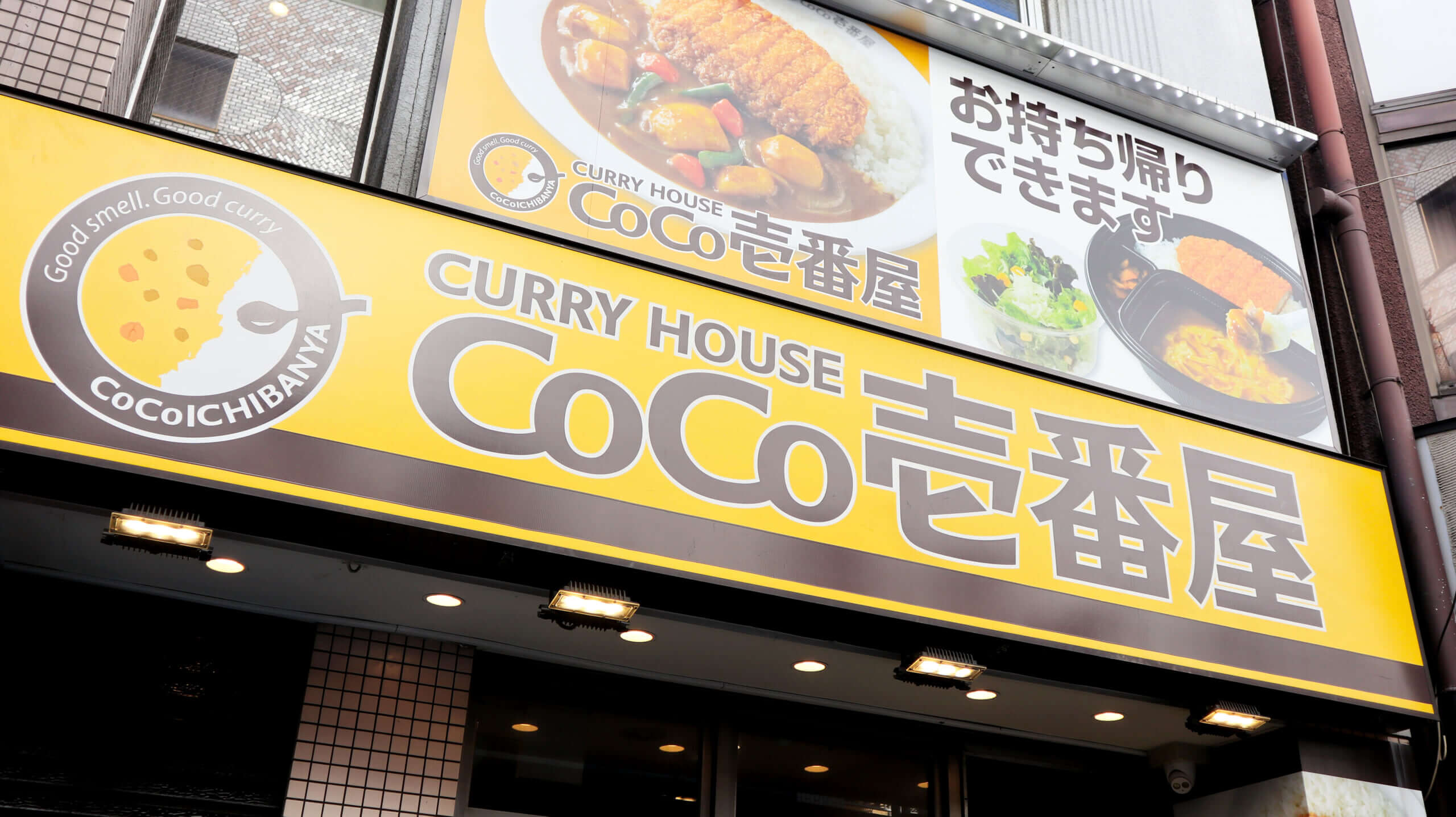
Japan has countless curry specialty restaurants, but one chain stands out, especially for international visitors: CoCo Ichibanya (CoCoIchi).
- Why CoCoIchi? It's overwhelmingly popular with tourists for its extreme customizability.
- Customization: Visitors love that they can choose the spice level (from mild to extremely hot), the amount of rice, and a vast array of toppings (like katsu, cheese, vegetables, and seafood).
- Accessibility: With multilingual menus and a clear system, it offers a consistent and fun "build-your-own" curry experience, making it a must-try for many visitors.
Aoi's Magical Recipes
You can find detailed recipes for popular Japanese curry dishes on the Aoi's Magical Recipes website and YouTube channel:
Check out the channels for more great Japanese recipes!
